Nearmap’s High-Res Imagery Predicts Future Property Value
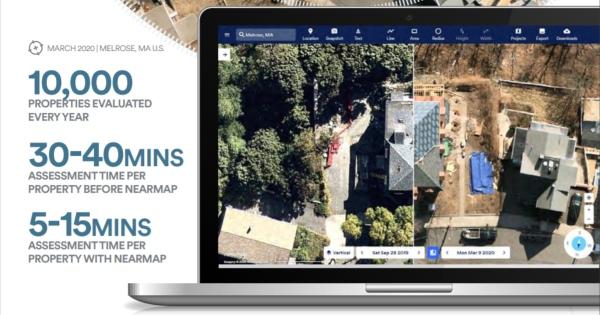
By Nearmap.
A sleepy suburb turned vibrant community utilizes Nearmap to better understand how their properties will develop over time.
Seven miles north of Boston, Massachusetts, sits Melrose, a town that has undergone massive changes over the last few years. What was once a suburb of empty nesters, Melrose has grown into a lively community of young families, who, prior to COVID-19, commuted into Boston for work. With their growing population revolving around 30,000 people, the ability to accurately assess property value became increasingly important. Melrose needed a way to understand how its properties were developing.
“Massachusetts requires us to assess the entire city [of Melrose] every nine years,” says Chris Wilcock, Chief Assessor, Melrose.
“Before we started using Nearmap our property inspection process was very inefficient, using a grid system developed for Mylar mapping. It would take around 30-40 minutes to physically inspect every property – and we have 10,000 parcels of land to assess.”
After the introduction of Nearmap around two years ago, this physical assessment time was reduced to around 5-15 minutes per property, Wilcock says. “We still need to visit every property, but Nearmap allows us do the initial assessment in the office.”
Reducing time wasted on unnecessary site visits
The property assessment regime in Melrose is cyclical and while property owners may take out a building permit, not all of them will have started construction. Before Nearmap, assessors would take 30 field cards and go look at properties, and if the property owners had not begun work, then this time was wasted.
“It’s crucial that we maximize our time and do things accurately,” says Wilcock. “We are using Nearmap imagery to save time and return money back to the office to handle properties when they are building, and not just when we think they are building.”
Before Wilcock started, the city of Melrose had not conducted a property assessment flight in ten years. When Wilcock took charge, he pulled that schedule forward to every three years. Nearmap now conducts flights up to three times a year in line with their coverage program.
“In local government, we have to work smarter if we want to deliver better services to our residents. Chris gets that, and has done a tremendous job of utilizing cutting edge technology to maximize City resources,” Mayor Paul Brodeur said. “Municipalities increasingly have to do more with less and the programs Chris has leveraged allow us to accomplish that seamlessly.”
Massachusetts has a new property growth revenue cut-off date of June 30 and so it’s important to have imagery timestamped to present an accurate picture of the property at a given point in time. Before Nearmap, Melrose tried using Google StreetView but this presented a challenge, as Wilcock states, as it wasn’t easy to determine how old the images were.
Detecting change over time for deeper understanding
Melrose, and its citizens, are a forward-looking community. Many properties have solar panels, but the sustainability department could not verify how many solar panels there are in the city. It also didn’t know if every property owner had applied for permission to install panels.
Using PushPin property change detection software integrated with Nearmap, the city can use imagery to see the number of panels and ensure they are all installed in line with local laws. According to Wilcock, there’s another benefit of using this integration to see panels:
“With the use of Nearmap, we plan to calculate the square footage of the total number of panels installed and use that as a metric to help us internally calculate how much energy is being produced,” he said.
This metric is important, because the city has a major sustainability initiative, and solar is an important part of that effort to drive net household emissions down over time.
The artificial intelligence built into the Nearmap/PushPin integration is based on pixel detection. It can distinguish between a solar panel and other structures, like sheds. Wilcock says the imagery is stacked, and used to compare captures over time, enabling the assessor’s office to understand how structures have changed and then have those changes categorized.
“We have had this capability before,” he notes, “but never at this price point. It was previously ten times more expensive to do this comparison in the past compared to what we have with Nearmap today.”
Reaping the cost savings of Nearmap
The assessor’s role is putting a value on a certain property at a certain time. They also need to do this under budget constraints. Wilcock states that Nearmap imagery allows Melrose the ability to differentiate between land parcels, such as if they are on a dense block, compared to an estate, or if they have water views.
“With Nearmap we can position ourselves to value the property without being intrusive to owners or compromising their privacy,” he says. “This is a tool that helps us with that job and takes us out of the two-dimensional, black-andwhite type plans.”
Nearmap gives Wilcock and his office the ability to analyze a house and its location. “A lot of the verification I would otherwise do from the field I can do from a desktop review now.”
This means the office can review more properties, and while Nearmap doesn’t stop the team from having to go into the field, it means the team is more productive. Wilcock says an assessment would take around 40 minutes in the past and can now be done in around five to fifteen minutes during a field visit.
“If I can validate 60 per cent of the property data from my desk it makes my time in the field a lot more productive and cost effective,” he says.
Learn more about Nearmap in their RoofersCoffeeShop® Directory.
Original article source: Nearmap













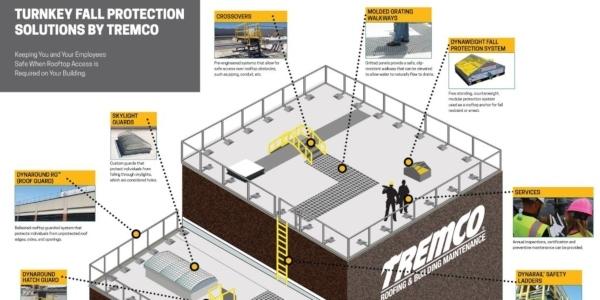
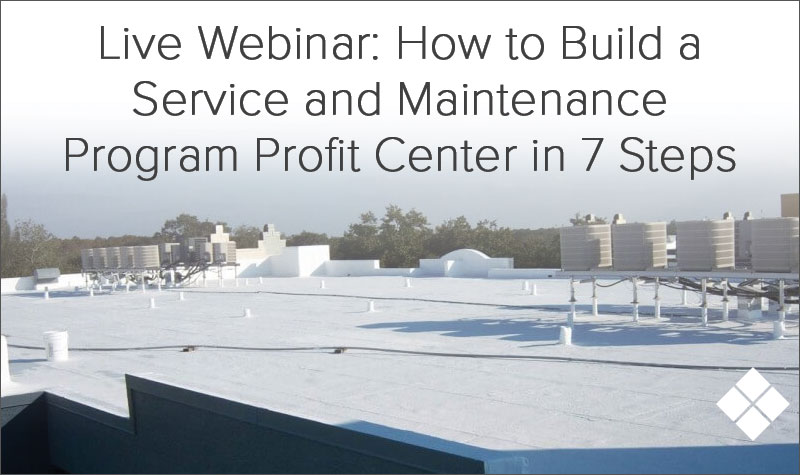
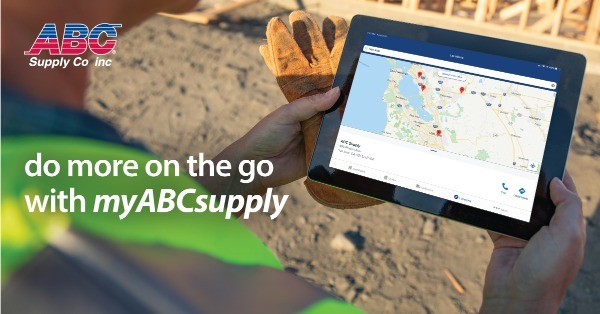

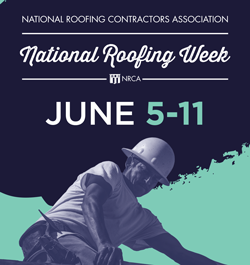

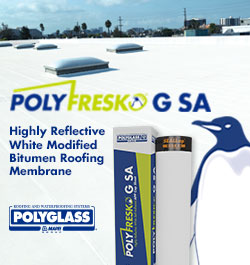


Comments
Leave a Reply
Have an account? Login to leave a comment!
Sign In